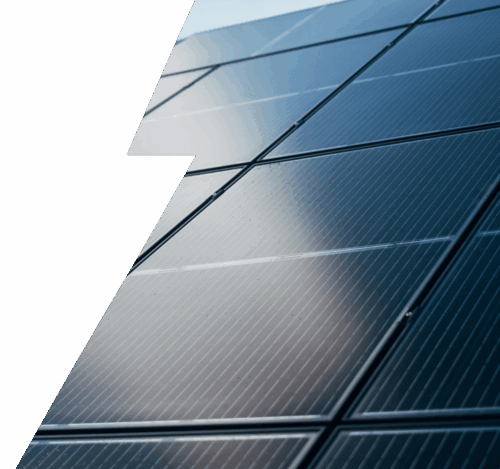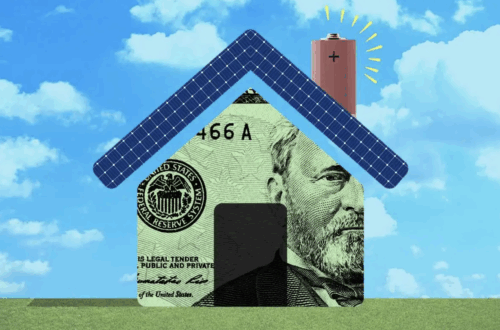
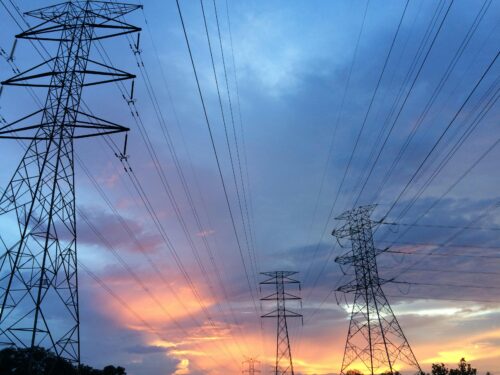
Lower Utility Bills by Cutting Red Tape
How smart state policies can make rooftop solar affordable for millions of Americans
American families are facing a growing energy affordability crisis. Utility bills have risen faster than inflation since 2022—and are set to keep climbing as utilities request record rate hikes. Today, one in seven households lives in energy poverty.
But it doesn’t have to be this way.
Our new report finds that by reducing the “soft costs” of solar installation, families could see their electricity bills drop 61% by 2040—saving an average of $1,600 a year.
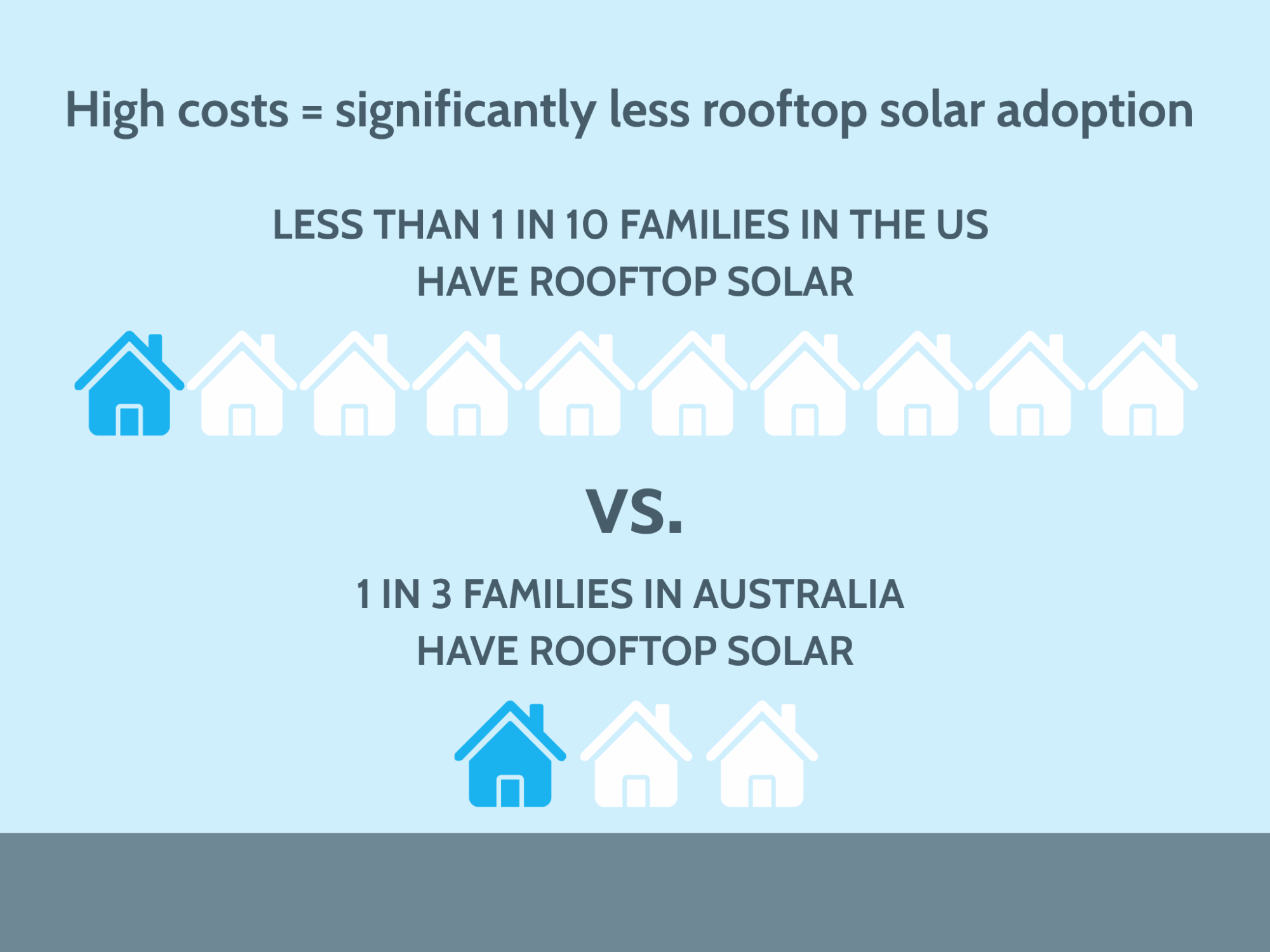
“Most Americans are unable to leverage rooftop solar to help address a growing affordability crisis because installation costs are unnecessarily expensive.”
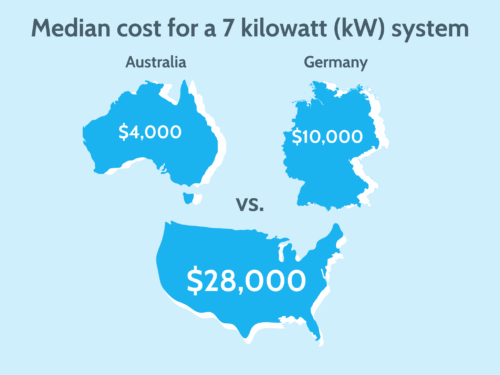
Why solar costs so much in the U.S.
Installing rooftop solar in the U.S. is far more expensive than in peer countries—up to seven times higher than in Australia or Germany. Bureaucratic red tape, outdated permitting systems, and patchwork rules drive up costs and slow adoption.
At a median of $28,000 for a 7 kW system, American families pay between $18,000 and $24,000 more than they would abroad. These unnecessary costs are locking millions of households out of cheap energy.
What happens if we fix it
Permit Power’s modeling shows that cutting red tape to match peer-country costs would unlock enormous economic benefits by 2040:
-
18.2 million more families would install rooftop solar — a 155% increase.
-
$245 billion in cumulative savings for families.
-
Households installing solar will save an average of $31,000 more in bills over the 25-year lifetime of their systems after taking into account the upfront cost of the system, translating into $1.2 trillion across all families installing solar.
-
198.1 GW more rooftop solar capacity, supporting grid stability.
That means millions more Americans could power their homes affordably and cleanly — without waiting for federal action or new subsidies.

